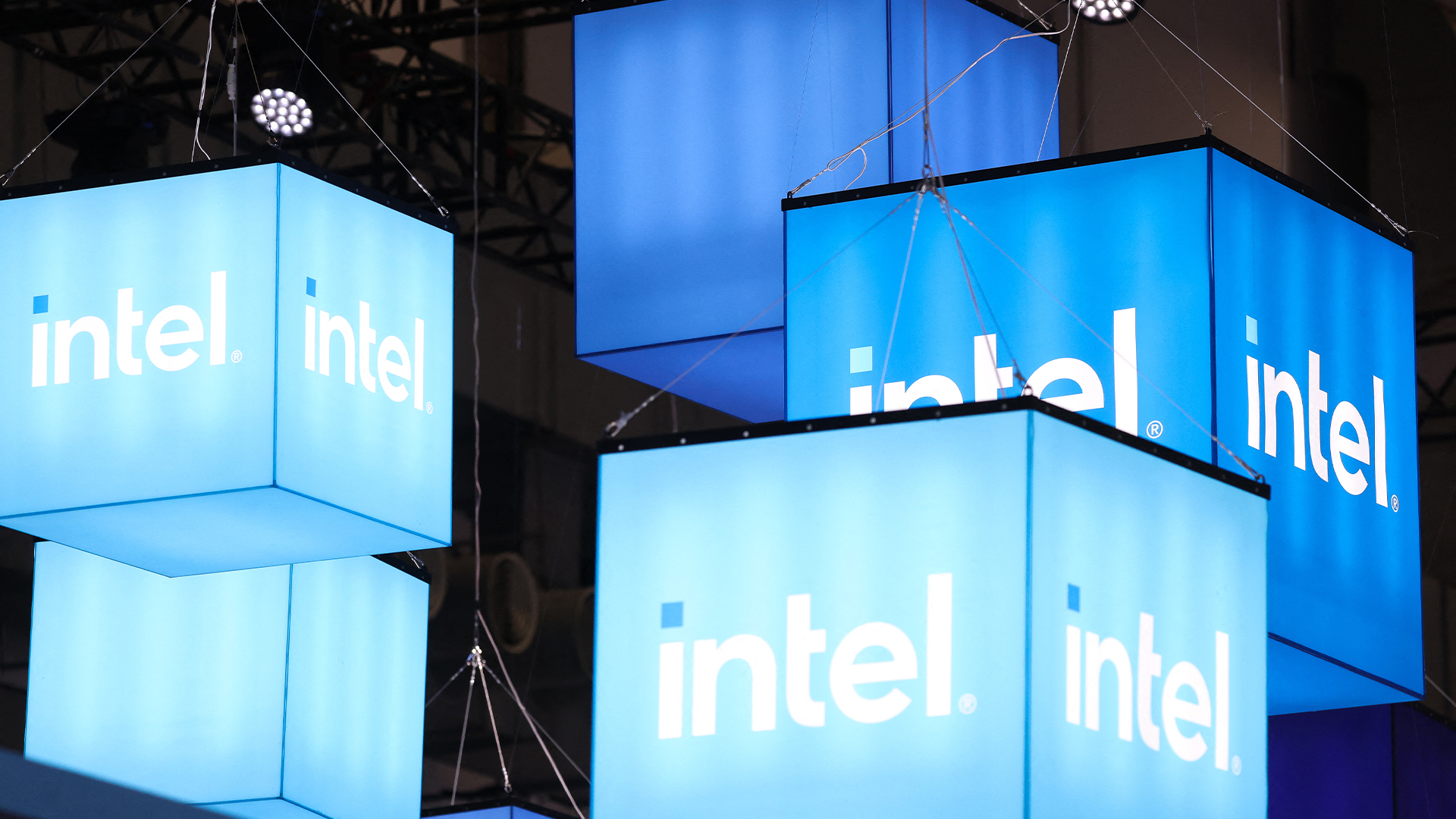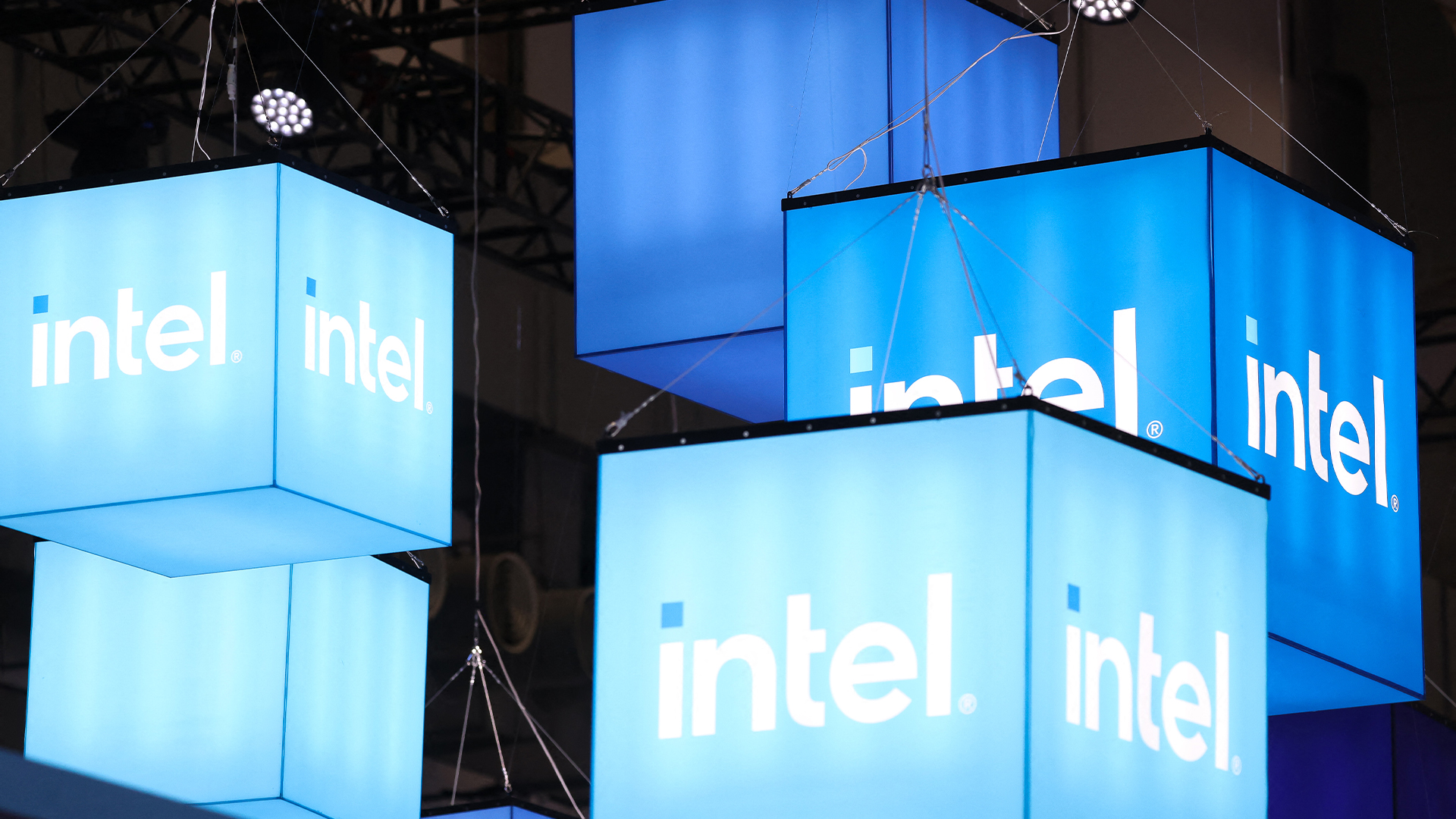AMD unveils first ARM chip
Chipmaker takes wraps off 64-bit processor aimed at datacentre and cloud tasks.


Chip firm AMD has revealed details of its first ARM Risc-based processor.
Speaking at a press conference in San Francisco, AMD's director of the embedded solutions group, Arun Iyengar, said the company's new low-power Hierofalcon system-on-a-chip (SoC) would be available from the middle of next year.
The silicon will be aimed at storage and network infrastructures running in datacentres and the cloud, which is the same market Intel is gunning for with its C2000 Atom SoC chips. AMD hopes to release an ARM-based chip aimed at servers codenamed Seattle.
The Hierofalcon SoC will come with either four or eight Cortex-A57 cores and will support 10 Gigabit Ethernet and PCI Express 3.0. Power consumption of the 28nm processor will range from 15W to 30W. The chip is expected to run at speeds of up to 2.0GHz.
AMD said the 64-bit ARM chips would be four times faster and more power efficient that its range of quad-core x86 Opteron chips.
"There are different customer needs in different segments of this market - from low-power to high-performance, Linux to Windows, x86 to ARM - and now with our upcoming product portfolio, we are addressing them by providing embedded design engineers with a range of solutions backed by our embedded longevity program for supply stability assurance to fit their every need," said Iyengar.
The firm also showed off two x86-based chips with integrated graphics.
Get the ITPro daily newsletter
Sign up today and you will receive a free copy of our Future Focus 2025 report - the leading guidance on AI, cybersecurity and other IT challenges as per 700+ senior executives
The Steppe Eagle is part of the low-power G-Series range of APUs that are designed to offer increased performance per Watt, while the Bald Eagle is a continuation of the R-Series high performance chips and is available as both an APU or GPU.
The company also plans to launch a standalone GPU, codenamed Adelaar by the end of the year that includes 2GB of GDDR5 memory. It will be offered as a multi-chip module or on a PCI-E expansion board.
Rene Millman is a freelance writer and broadcaster who covers cybersecurity, AI, IoT, and the cloud. He also works as a contributing analyst at GigaOm and has previously worked as an analyst for Gartner covering the infrastructure market. He has made numerous television appearances to give his views and expertise on technology trends and companies that affect and shape our lives. You can follow Rene Millman on Twitter.
-
 Cleo attack victim list grows as Hertz confirms customer data stolen
Cleo attack victim list grows as Hertz confirms customer data stolenNews Hertz has confirmed it suffered a data breach as a result of the Cleo zero-day vulnerability in late 2024, with the car rental giant warning that customer data was stolen.
By Ross Kelly
-
 Lateral moves in tech: Why leaders should support employee mobility
Lateral moves in tech: Why leaders should support employee mobilityIn-depth Encouraging staff to switch roles can have long-term benefits for skills in the tech sector
By Keri Allan
-
 The gloves are off at Intel as new CEO plots major strategy shift
The gloves are off at Intel as new CEO plots major strategy shiftNews Intel’s incoming CEO has some big plans for the firm’s business strategy, sources familiar with the matter have told Reuters, with more job cuts looming on the horizon.
By George Fitzmaurice
-
 Why the CPU you chose is the key to Windows 11
Why the CPU you chose is the key to Windows 11The end of Windows 10 is on the horizon – it’s time to upgrade to an fTPM-protected processor
By Bobby Hellard
-
 Intel just won a 15-year legal battle against EU
Intel just won a 15-year legal battle against EUNews Ruled to have engaged in anti-competitive practices back in 2009, Intel has finally succeeded in overturning a record fine
By Emma Woollacott
-
 AMD and Intel’s new x86 advisory group looks to tackle Arm, but will it succeed?
AMD and Intel’s new x86 advisory group looks to tackle Arm, but will it succeed?News The pair will look to make x86 CPU architecture more interoperable
By George Fitzmaurice
-
 AMD’s patient roadmap has become a highway to success
AMD’s patient roadmap has become a highway to successAnalysis While everyone was focused on Nvidia’s meteoric rise, AMD was preparing the hardware needed to take the fight to its long-time competitor
By Ross Kelly
-
 AMD just made a big statement in the AI PC race with its Ryzen AI Pro 300 series processors
AMD just made a big statement in the AI PC race with its Ryzen AI Pro 300 series processorsNews With all eyes focused on the AI PC craze, AMD looks to one-up the competition
By Ross Kelly
-
 AMD’s new Instinct GPUs might just blow Nvidia out of the water
AMD’s new Instinct GPUs might just blow Nvidia out of the waterNews The chip maker unveiled its newest Instinct GPU series in San Francisco today – and it’s very bullish on performance in the race with Nvidia
By Ross Kelly
-
 AMD Advancing AI live: All the news and updates as they happened
AMD Advancing AI live: All the news and updates as they happenedLive Blog ITPro has been live on the ground at the AMD Advancing AI conference in San Francisco this week – here's everything we learned in the big keynote with CEO Lisa Su
By Ross Kelly